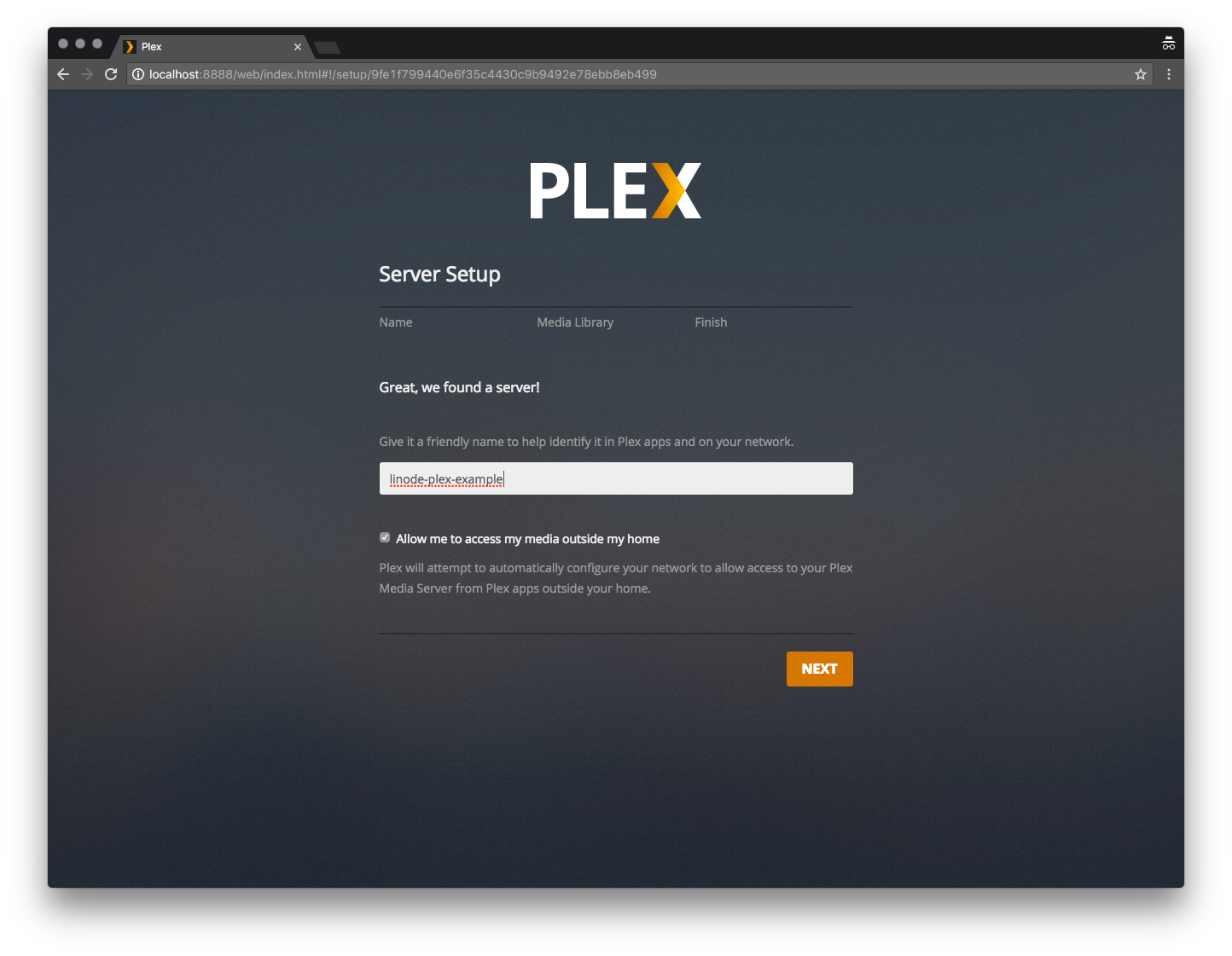

If you withdraw the bond before five years, you lose the last three months of interest.

If that gives you any pause, the I Bond is most likely not for you. You cannot withdraw the money at all within the first year.
The money is trapped for the first year. With an I Bond, you have to leave the money in the bond for at least one year. “What’s the downside?” What They Don’t Tell You About I Bonds “OK, but should we buy them?” Dyalekt asked. This means when inflation is low, the I Bond interest rate is low, and when inflation is higher-as we’re seeing with rising gas, food, and consumer staples prices-the interest rate for the I Bond also goes up. I ran upstairs to tell my husband and podcast co-host, Dyalekt, and he immediately said, “Let’s buy some I Bonds.” But then immediately added, “Wait, what’s an I Bond?”Īn I Bond (or Series I Savings Bond if we want to be official-official) is a government-issued Treasury bond where the interest rate is tied to inflation. “Nice! I knew it was going to go up but not that high,” another planner wrote back. “Did everyone see? The rate for I Bonds went up to a record 9.62% yesterday,” one of our financial planners said. 
There was a frenzy in our Slack channel at Brunch & Budget when the I Bonds rate was announced in May. For more information, see How We Make Money. Some links on this page - clearly marked - may take you to a partner website and may result in us earning a referral commission. We want to help you make more informed decisions.







 0 kommentar(er)
0 kommentar(er)
